Canine language: how do dogs communicate with the owner and do they understand him?

The canine language manifests itself in verbal signals, as well as in different postures. If a person carefully watches his pet, he will be able to understand how the dogs communicate with the owner and whether they understand him.
Peculiarities
From their ancestors - wolves, dogs received a way of expressing feelings, which manifests itself through several options. To communicate with other dogs or people, animals express themselves with the help of various poses, voices, changes in facial expressions.

Dogs don't lie they will not hide their feelings, as a person can. Every owner who wants to learn to understand the canine language can observe their pet and notice that the reaction to different situations is different: at certain moments the dog growls, under other circumstances it barks or starts wagging its tail. To understand what a dog wants to say, you should pay attention to its gestures, posture and body movements.
Having studied the behavior of your pet, you can understand without words what the four-legged friend wants to say, what he thinks about and what his mood is. With this knowledge, you can predict the dog's reaction to certain situations.

A canine tongue can tell when the animal is stressed, irritated, when the pet is happy, angry or has a feeling of fear.
What verbal signals does the dog give?
Having become familiar with the verbal signals of the dog and their decoding, you can quickly understand what the animal wants to say, depending on the circumstances. There are the following signals from dogs.
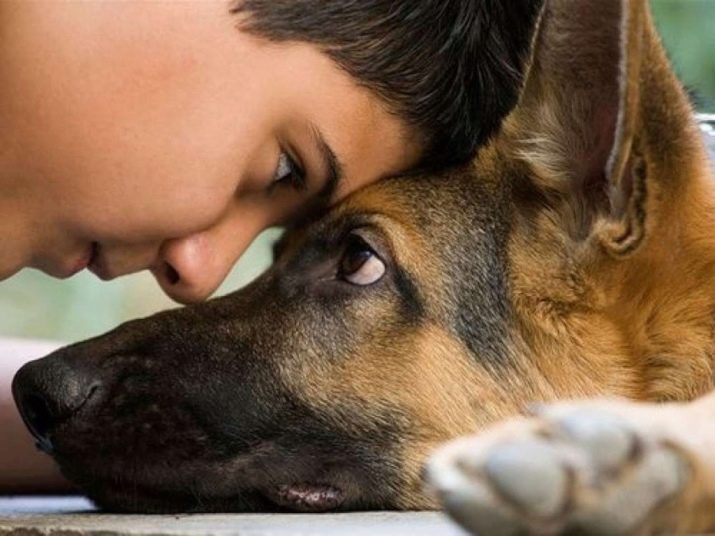
Howl
Such sounds can be an attempt to find their owner or a specific dog.When the owner goes to work, the pet begins to howl, thus trying to get him home.
When one dog starts to howl, the rest of the dogs begin to howl along with him. This behavior is called a kind of simultaneous communication between animals.

Roar
Growling indicates that you should move away from the animal. Often, the owner is faced with such behavior when someone tries to approach the food of his pet. Also, a dog can react negatively to a stranger or even to its owner if he is trying to take away his favorite thing.
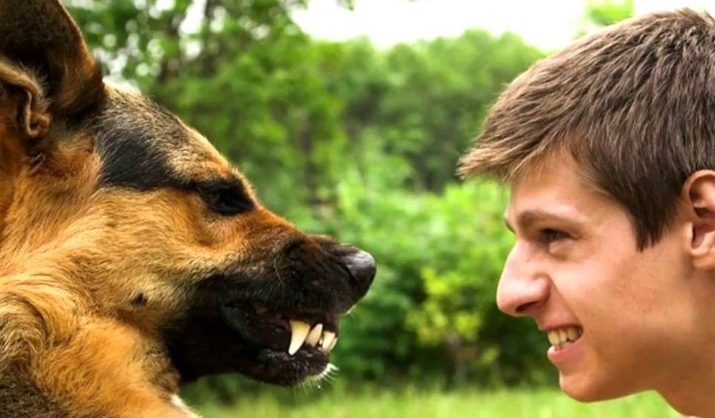
In the latter case roar is considered an effective method of communication, since such a sound suggests that you can negotiate with the pet and take the item away from him. But when the dog gets into an aggressive posture and does not make a sound, he is considered very dangerous.
Caution should be exercised, as in such moments the dog may attack a person.
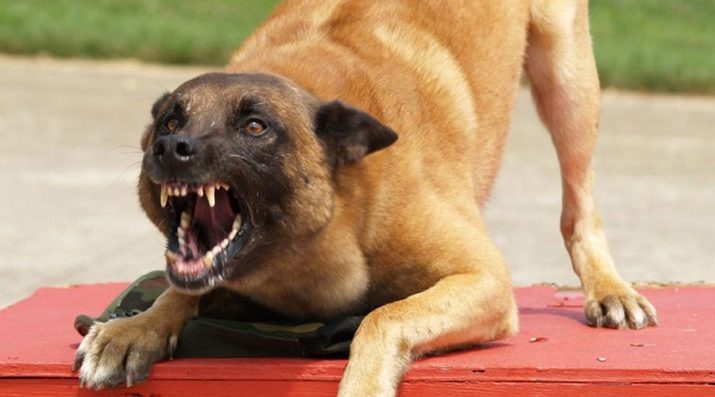
Grunt, mumble
As a rule, this signal indicates that the animal wants to receive something. Sound can be compared to manipulation, since the pet is familiar with the fact that he will be scolded for barking, and for gentle grunts, the owner will fulfill the whim of his four-footed friend.

As an example, consider the situation when the dog wants to eat chocolate, but the owner is in no hurry to share. Similar sounds are made by a dog as a greeting to its relatives or guests.
Yawn with a bite
If the owner hears a similar sound from his four-footed friend, this indicates that the dog is unhappy with the situation. The longer the whine is, the more the animal expresses its dissatisfaction.

A similar phenomenon is observed in situations where the dog is forced to obey a command, is not allowed out of the room, or is not given a treat from the table.
Whining
Anxiety or injury can make your dog whine. Some individuals like to draw attention by whining. For example, if the animal is afraid of thunder.
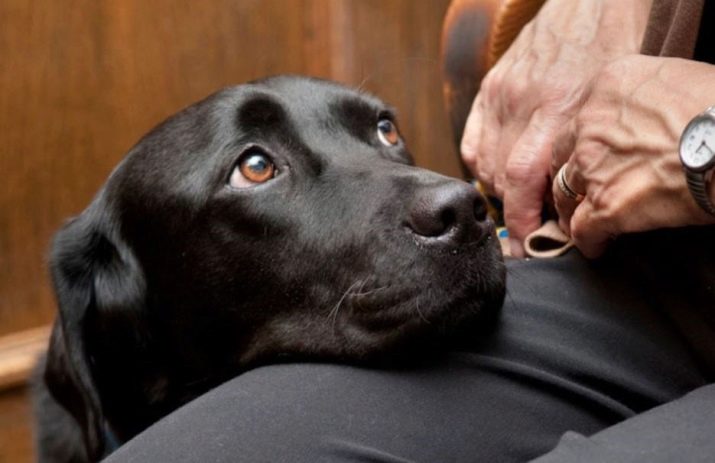
Complaining howl
The signal speaks of the pet's disappointment and his complaints about something.
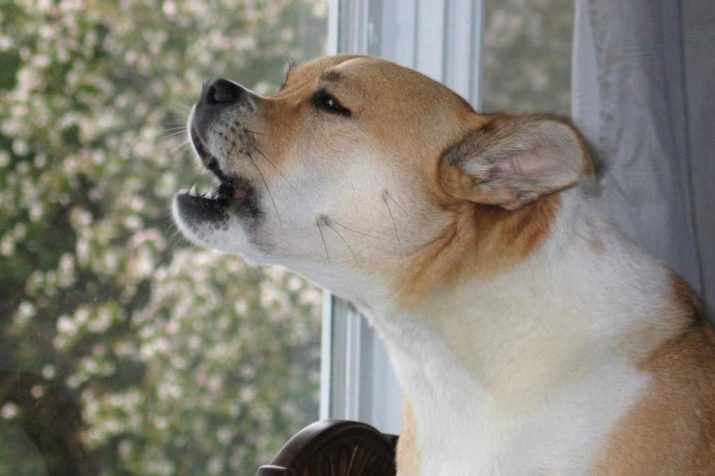
Barking
Barking can be divided into several varieties:
- a high-pitched sound speaks of excitement and happiness;
- low-pitched barking indicates an aggressive mood or that the animal is threatening.
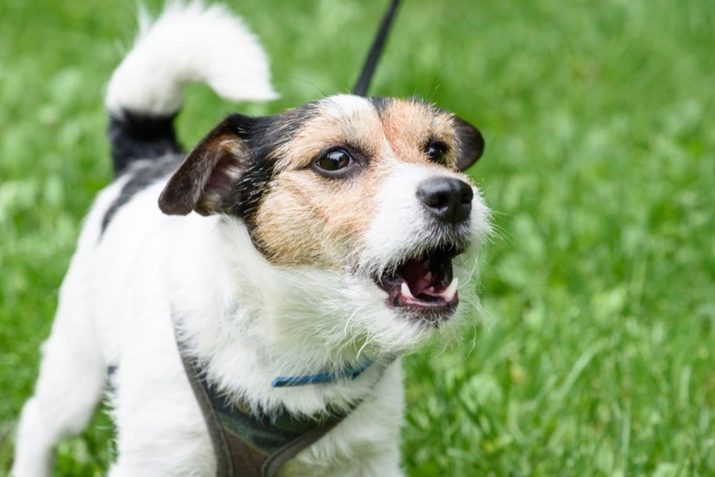
A dog can bark when it wants to get together with its relatives, to respond to another dog, or as a demonstration of its happy state. By barking, a pet can signal a problem.
It is not always possible for a person to understand what problem is at stake, because the dog is able to hear the alarm signal, which is heard within a radius of several kilometers. Man is incapable of hearing such a distant sound.
By studying situations in which a pet gives a voice, you can understand his behavior, communicate correctly with him and minimize misunderstandings.
How to understand body language?
In addition to voice communication, the dog uses body language. To learn the language of your pet, you need to pay attention to the following animal signals.
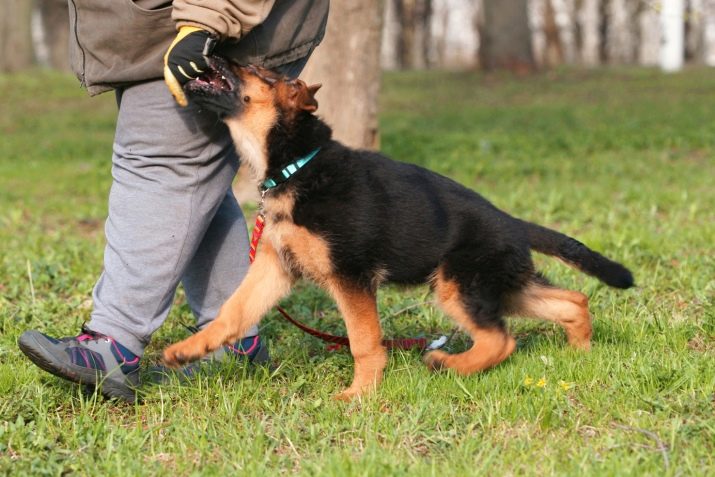
Ears
The position of the ears speaks volumes. If the animal presses them, it speaks of fear.
- Tilted upward or tilted forward indicate a high level of commitment to a process. For example, if the dog is hunting, playing, or curious.
- Changing the angle of rotation closer to the head demonstrates aggression.
- When a dog partially pulls his ears back, but does not press them, it means that he is experiencing anxiety and uncertainty. In this state, the pet shows confusion or frustration.
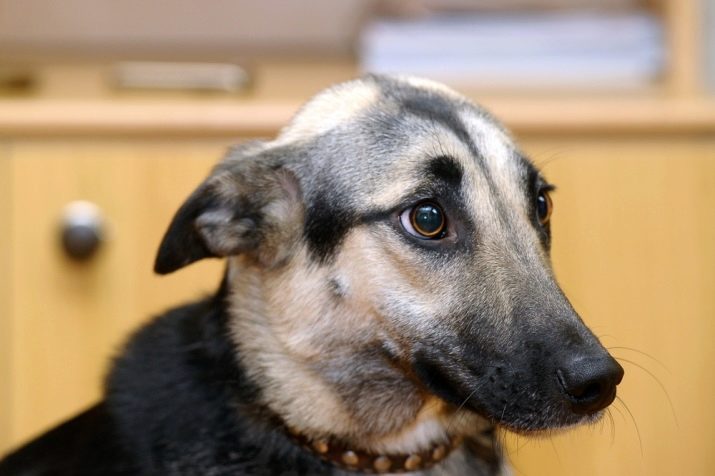
The standard of some breeds provides for ear cropping, so their mobility is significantly reduced, which makes it impossible to convey feelings and emotions to the fullest.
Eyes
The eyes are the mirror of the soul, and the dog is able to communicate with the help of a glance. Animals do not like to be gazed at, so they may look away or react aggressively to such actions.
With the help of visual gestures, the pet can show the following emotions.
- Demonstration of superiority. The dog will look into the eyes of its opponent without looking at others.
- Desire to play... The owner will notice that his pet blinks frequently, as if winking. This signals that the dog does not mind playing and wants the person to join him.
- Alertness along with full readiness. This position is expressed with a wide-open gaze, in which maximum concentration and readiness for decisive action will be seen.
- Obedience and respect. When the dog looks away, it means that he has chosen a man as the owner and accepts his dominance over himself.
- Aggressive attitude. The gaze will be steadfast, as in a situation with a demonstration of superiority. The only difference will be in the narrowing of the eyes.

Facial expressions
The dog's face is capable of showing different emotions, which can vary depending on the mood of the animal.
- If your pet is stressed or uncomfortable (this can happen when meeting other animals or strangers), he will yawn or convulsively lick his face. A person's yawn can be contagious to a dog as well.
- Aggressive attitude, warning. When the animal begins to wrinkle its face and show its teeth, it is better not to touch it at such a moment. Any step towards a four-legged friend will be regarded as an attack, which may result in a bite.
- Joy... The well-known smile of dogs cannot be confused with other facial expressions. She symbolizes the delight of the animal and its joyful mood.
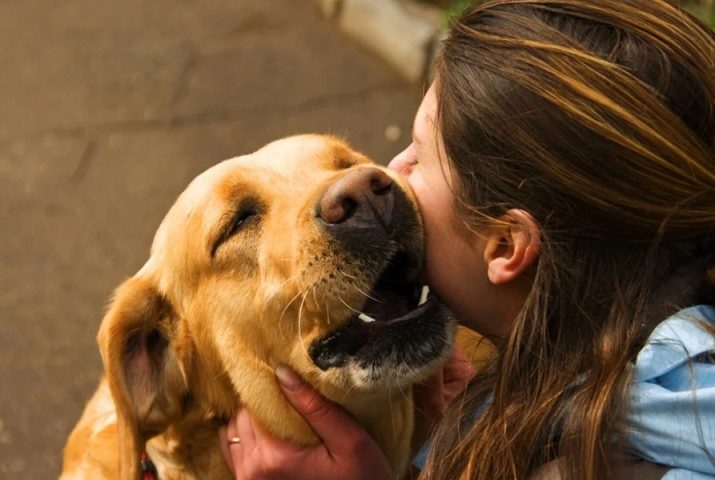
Poses
The desire to play is demonstrated by pinning to the ground and wagging the tail. The dog presses the chest and head to the ground, extending the front legs forward. When the owner sees such a pose, you can safely take out the ball and start playing.
When an animal is agitated, nervous, or just bored, it goes around in circles.
Alertness and aggression will appear in the form of a bulging hair along the spine.
When a dog wants to attract attention (if he wants to get food, to attract a person to play, to achieve affection), he delicately touches the person with his paw.
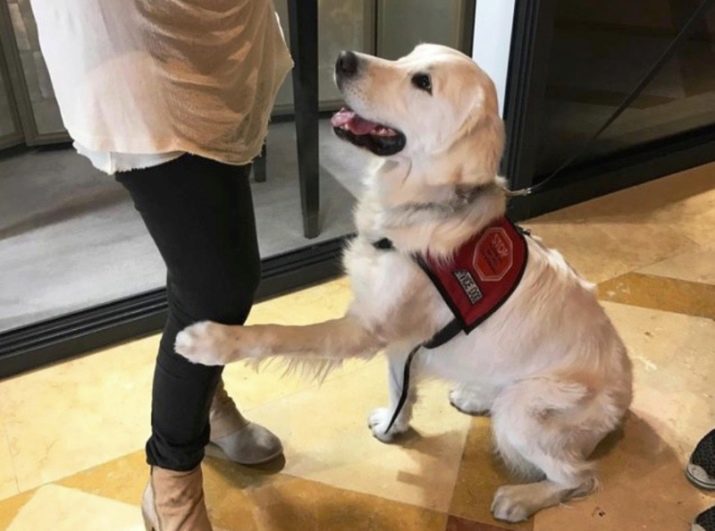
The raised paw of the animal speaks of the presence of fears. If a tilted head is added to this position, then the four-legged pet is puzzled.
If the dog is full of energy and wants to play, it will coward with its tail up.
The unhurried flapping of the tail expresses embarrassment with perplexity.
The dog demonstrates trust with friendliness by swaying the hips and rubbing the loin on the person.
When the dog is scared, it lowers or tucks its tail. At such moments, you should protect your pet and provide him with protection.

If the dog is in a calm state, its tail is in a neutral position, at this moment the animal feels safe.
When the dog calms down after an aggressive attitude, he suddenly begins to shake his shoulders with his head. This action indicates that the animal has understood that the threat does not exist and is trying to eliminate the tension.
Demonstration that the dog loves the owner is manifested in licking. Using this method, the dog shows how he missed him, how he loves his owner. The same action speaks of attracting attention. If the animal lies on its back, it trusts the person.
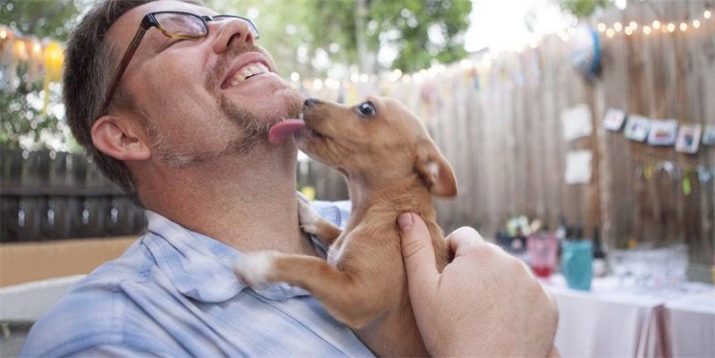
Unwillingness to enter into conflict and submission can be expressed in laying on the back or side so that the opponent can see the stomach. If the animal at this moment is relaxed and its owner is nearby, the behavior symbolizes the recognition of a person as a leader.
How do animals talk to each other?
Since the dog is a social creature, he constantly needs communication and attention. Dogs talk to each other using voice or body language. All actions are similar to those with which they communicate with a person. The only difference is that they perfectly understand each other and use scents.
With the help of tags, they also talk with their kindred. For this reason, when they meet, animals sniff each other. This gesture can show much more than simple sounds and poses.
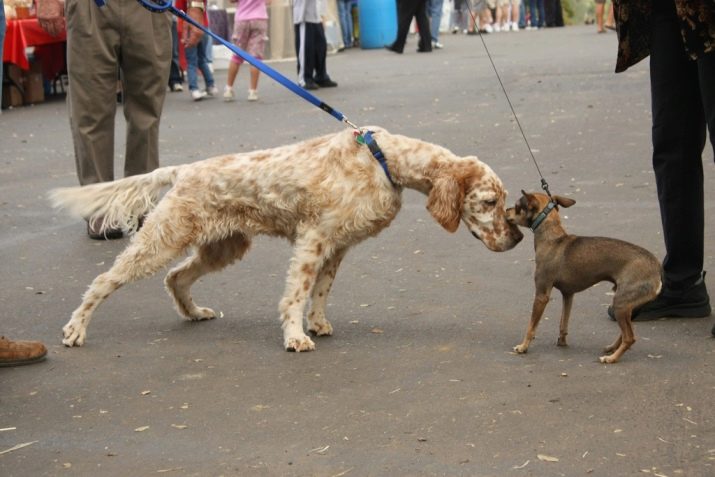
Howling is the most ancient form of communication between four-legged friends. She inherited the dogs from distant ancestors. Such signals are heard at long distances and pets with great pleasure join the howl of their fellows, transmitting the message along the chain.
Do pets understand humans?
The dog belongs to the category of intellectually developed creatures. Despite the fact that they cannot speak and do not understand human speech, they tend to easily notice any change in human behavior. They analyze the intonation and loudness of their owner's voice.
Also, dogs have a well-developed memory, due to which they have a high ability to learn new skills and memorize commands.
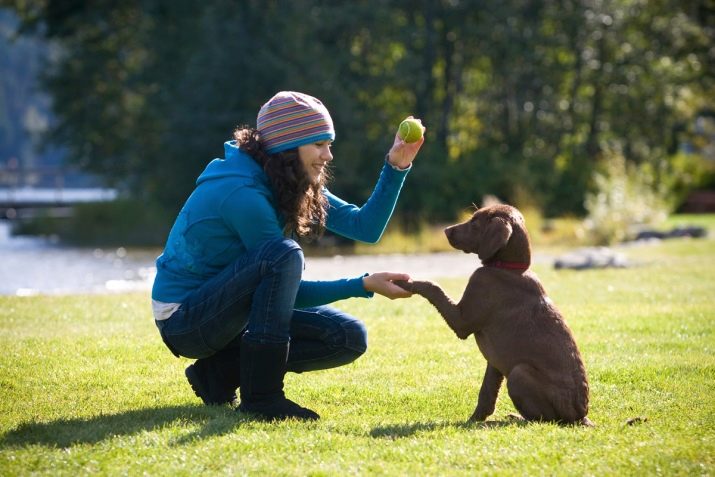
A four-legged friend can memorize a large number of commands, gestures and words, but this does not mean that they understand human speech. The animal only remembers the combination of sounds along with the intonation that is pronounced at one moment or another.
The pet quickly understands what is required of him at the moment. In most cases, the animal feels well the household members with whom it lives under the same roof.
For information on how to understand your dog and its behavior, see the next video.







































Thanks for the interesting article.